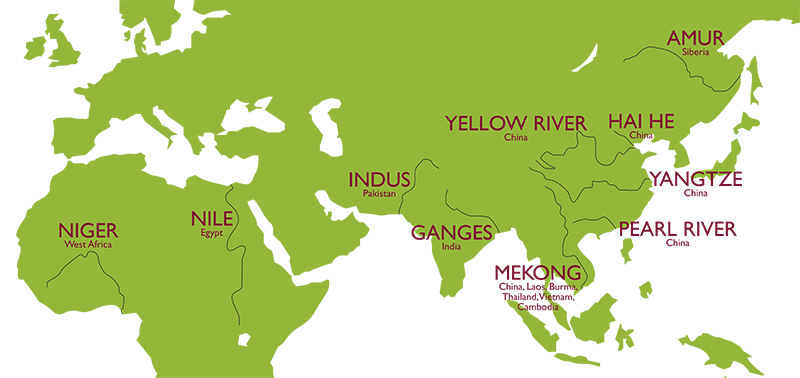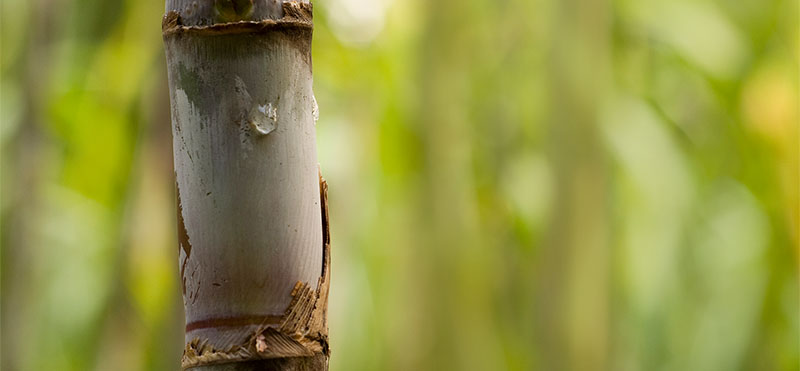
Recycling of plastic
A positive feature of plastic, when it does its job, is that it takes a long time to break down, which makes it is possible to recycle several times. However, it is a negative feature when it becomes waste and ends up in the nature.
Plastic in our oceans
17 of the world’s countries are responsible for 80% of the plastic waste released into the world’s oceans. Five of these countries account for 60% of global littering; these are China, the Philippines, Indonesia, Thailand and Vietnam. If we look even closer, research from the German Helmholtz Institute shows that there are ten major rivers that carry out between 88% and 95% of all plastic waste that eventually ends up in all the world’s seas and oceans.

We see incredible raw material losses with this negative handling and littering that is happening around the world today. Plastic has a high value as recycled raw material, something that the Polykemi Group and especially Rondo Plast want and can use, once it is sorted and washed properly.
Scanfill’s concept of spiral economy is a fantastic way to create value for plastic instead of used plastic being low valued and dumped in the oceans where it just destroys and creates problems.
Plastic bags
In Europe, the use of plastic bags is to be reduced, but in fact, the plastic bag is the bag that affects the climate the least. For example, a cotton bag has much greater environmental impact. You would have to use it up to 20 000 times before you have compensated for the environmental impact it has, instead of using one plastic bag. Similarly, you would have to use a paper bag 43 times to compensate.
Below you see how many times different bags have to be used to have the same environmental impact as a plastic bag, used only once.
Common plastic bag (LDPE): 1 time
Paper bag: 43 times
Regular cotton bag: 7 000 times (134 years if we shop once a week)
Organic cotton bag: 20 000 times

The raw material can be fossil based
Plastic is too valuable to be thrown away. It should be recycled by everyone. One kilogram of recycled plastic reduces carbon dioxide emissions by two kilograms compared to virgin plastic. Plastic packaging can be recycled up to seven times before it is better to convert it into energy.
Sweden is one of the countries that are good at recycling and that litter the least into the oceans.
2016 in Sweden, 99% of all plastic waste was managed, 45% was recycled and the remaining part became energy. Almost nothing is put into landfill in Sweden. For the EU, the same figure was 73%, of which 27% became landfill, 31% was recycled and 42% was recovered for energy.
Source: Regeringens rapport av Åsa Stenmarck, Regeringens utredning om hållbara plastmaterial
Important to recycle plastic
Sort your waste and recycle it by leaving it at the recycling center. Recycling of plastic is important, it improves the sustainability and is much better for the environment. The more plastic that is recycled, the more can be used as material in new packaging.
It is also relevant that producers choose the right packaging for the right purpose, sometimes it is best to use recycled material and sometimes not. It’s all comes down to the properties. A packaging should deliver exactly the needed properties and leave the lowest carbon footprint possible. We call it being material-smart.



